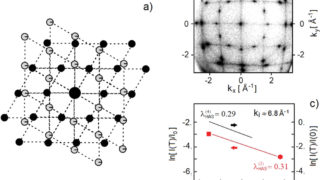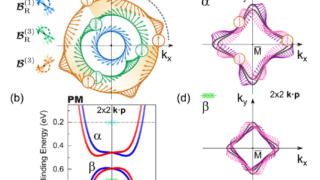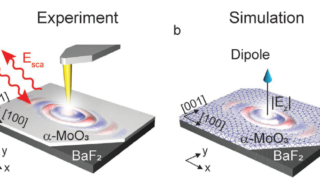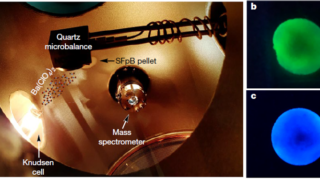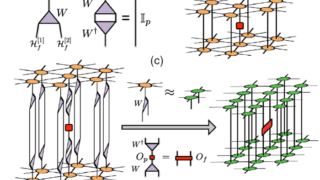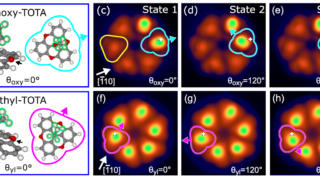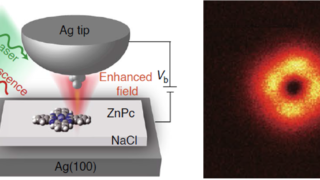
A photonic picocavity in action
Light emission from emitters is a valuable piece of information in a variety of sensing and detection techniques, capable of labeling physical and biological processes which occur in the proximity of the emitter. Furthermore, quantum technologies are currently exploiting the statistics of single-emitters light emission aiming at turning particular emitters into fundamental units to sustain […]
